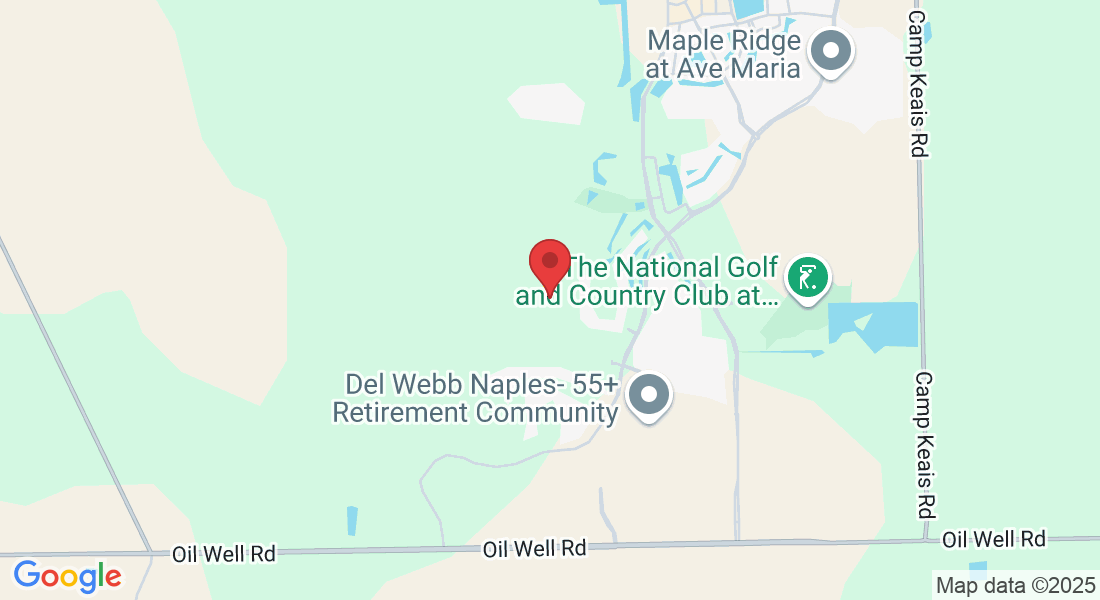
Located in Ave Maria, Florida
Lowest Prices
Highest Quality
Fastest Service
Farewell and Thank You from eRun Lithium
Dear friends and valued customers,
After several wonderful years serving over 300 customers here in Ave Maria, I want to sincerely thank each of you for your trust and support. It’s been a privilege helping so many neighbors make the switch to reliable, high-performance lithium power.
I’m pleased to share that a young man will be continuing the business under my close supervision. He will represent a major aftermarket lithium brand and will handle new installations going forward.
Because he will not have access to my former high-volume pricing, please note that future batteries will be priced higher than my prices but below nearby competitors thanks to his low overhead.
As for me, I’m not leaving the business—I’ll remain your contact for warranty service and support, as promised. That said, please remember that I will now respond only to warranty issues. If you need help outside warranty coverage, I’ll be glad to assist for a service-call fee.
Once again, thank you for making eRun Lithium the trusted name it has become. It’s been an honor serving this great community, and I appreciate every one of you.
Warm regards,
Steve — eRun Lithium
Call: 239-398-5364
email: stevecox51@me.com
eRun - The best lithium battery sold in America!
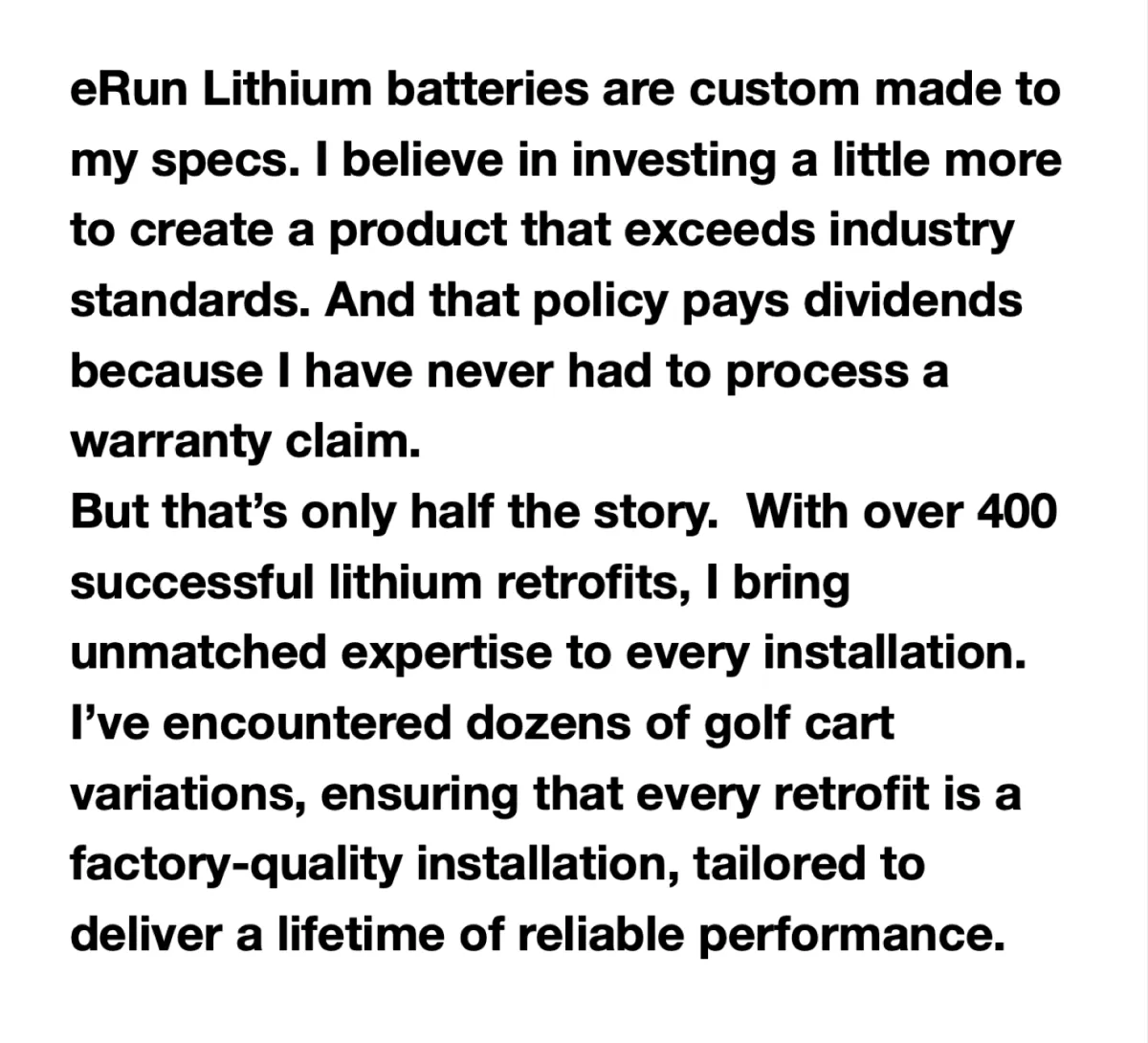

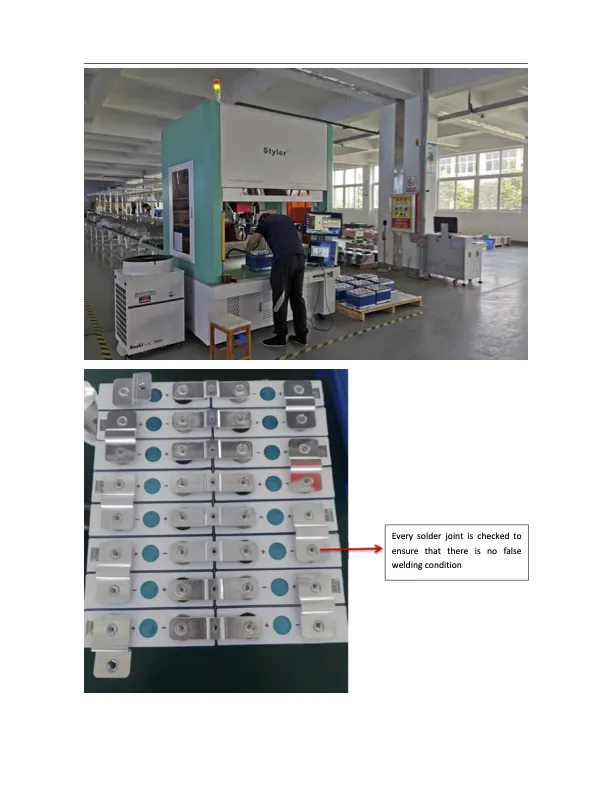
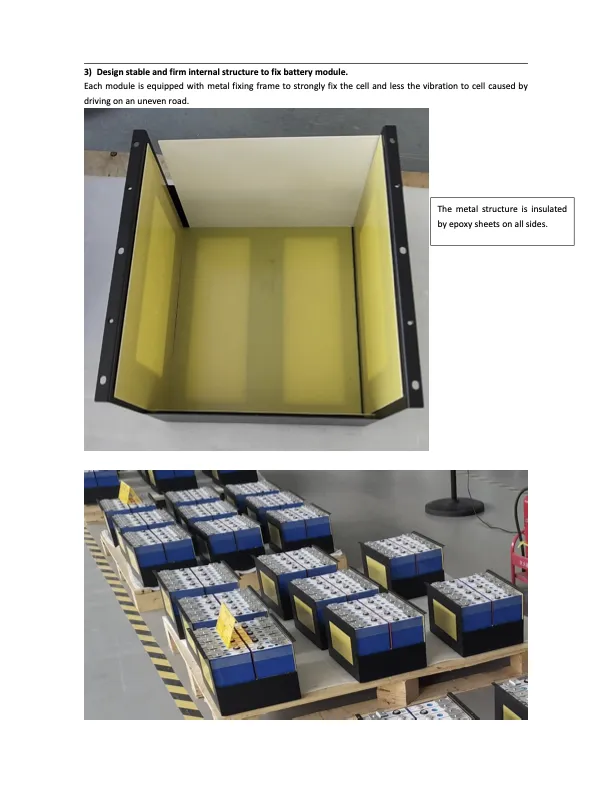
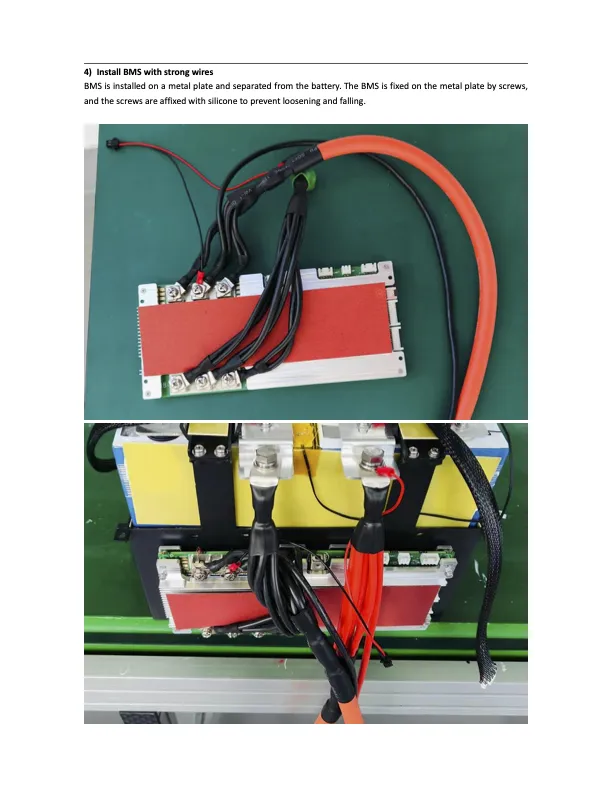
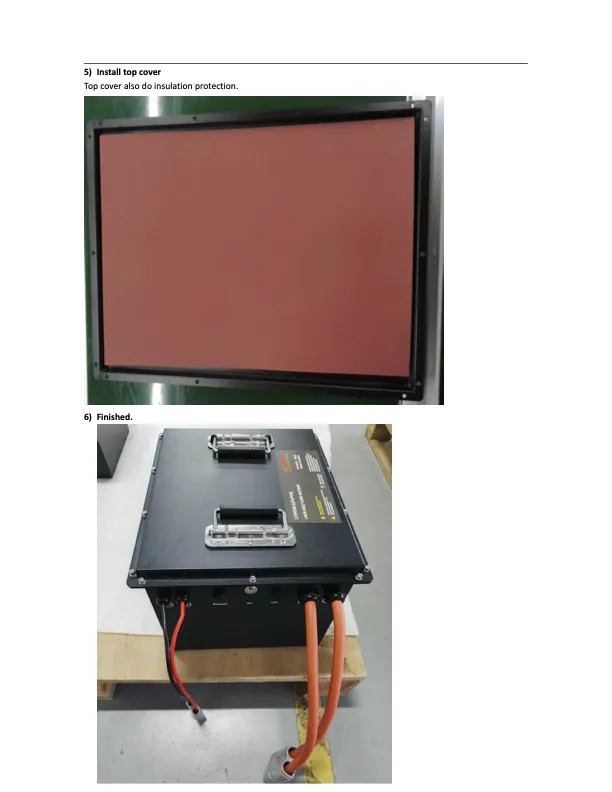
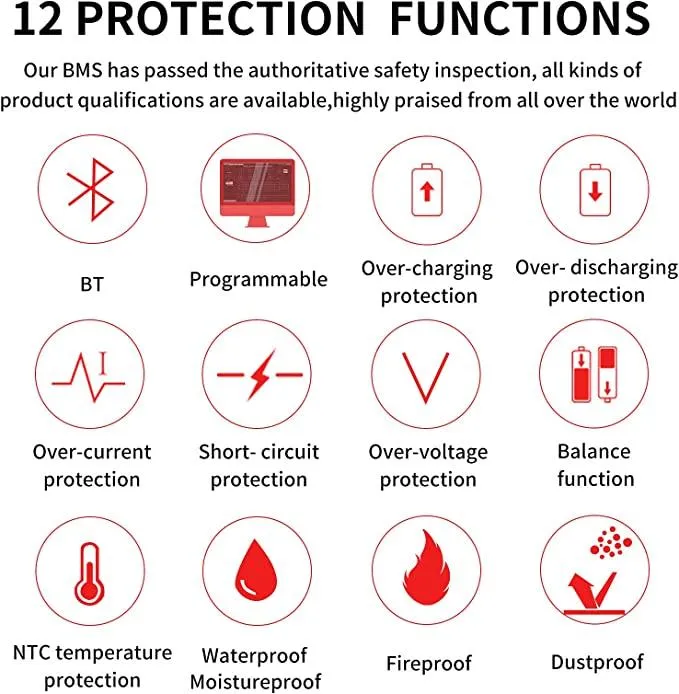
Other Features & Benefits
Battery Management System
Each eRun Lithium battery has a built-in 250 amp Battery Management System (BMS). The BMS provides overcharge protection, over-discharge protection, over-heat protection, and cell balancing. If the BMS detects a short circuit anywhere in the golf cart the battery will automatically shut down. The BMS also provides Bluetooth connectivity for diagnosis and monotoring. Bluetooth also makes it possible for firmware updates. Thanks to the sophistication of the BMS, eRun batteries are 100% safe and otherwise goof-proof. The battery cannot be abused.
Weight
From about 350 pounds for a set of lead acid batteries to 90 pounds for a single eRun Lithium battery.
Increased Power
Your golf cart's highest speed will be about the same as before the conversion. However, after the conversion to Lithium, you will feel the extra power and acceleration.
Range
The eRun 48-volt 105aH Lithium battery offers impressive range and performance, allowing you to enjoy longer rides and explore more of the course.
Impressive Range: 40-45 miles on flat pavement:
.
25% more range than lead-acid:
Say goodbye to the limitations of traditional batteries and experience the freedom of lithium technology.
Long Life
The factory claims that the battery will deliver more than 95% of its original capacity for 7500 charge cycles. Charging your battery after a round of golf equals about 35% of a charge cycle. Do the math, if you play golf 2.5 times per week that's only 1 charge cycle.
My batteries are more than just a product—they’re a commitment to quality and performance. Manufactured under the eRun trademark, each battery is crafted using premium cells and top-tier components, handpicked to ensure the highest standards in the industry.
In the design process I prioritized long life and unmatched reliability, sparing no expense to include the best internal parts available. With eRun, you're not just getting a battery—you’re investing in a product built to last.
Lowest Price - Highest Quality
The extended-range 48-volt 105aH lithium battery with charger is $1995 (with charger trade-in). Life expectancy is rated at 7500 charge cycles.
The Ultimate Lithium Battery Solution!
eRun batteries come as a complete package, including professional installation, a new charger, and environmentally responsible disposal of your old batteries.
By selling factory-direct, I cut out distributors and dealers, keeping prices low while maintaining exceptional quality. With minimal overhead, I pass the savings directly to you.
With 30 years of golf cart expertise and over 400 lithium battery installations personally completed, I provide factory-level precision and reliability. In fact, my hands-on experience with lithium battery retrofits is unmatched in the United States.
Choose eRun for proven quality, affordability, and industry-leading expertise.
Lithium Battery Current vs Lead/Acid Battery Current -
Parameters for Analysis:
Voltage Stability:Lithium Batteries: Provide highly stable voltage output throughout the majority of their discharge cycle. Voltage drop-off happens rapidly near the end of the charge cycle, offering a more predictable power supply. Lead-Acid Batteries: Experience a gradual voltage decline as the battery discharges, leading to less consistent voltage delivery over time.
Internal Resistance and Ripple:
Lithium Batteries:Typically have lower internal resistance, which reduces voltage ripple under load. DC output is smoother and less affected by load fluctuations, ensuring better quality for sensitive electronics. Lead-Acid Batteries: Higher internal resistance compared to lithium batteries. May produce more ripple, especially as the battery discharges or ages.
Load Handling and Recovery:
Lithium Batteries: Can handle rapid load changes and high-current demands with minimal voltage sag. Recovery after high loads is quicker, ensuring stable performance. Lead-Acid Batteries: May struggle with rapid or high-current demands, leading to more significant voltage sag. Recovery is slower compared to lithium counterparts.
Energy Efficiency:
Lithium Batteries: More efficient in energy transfer, resulting in less heat generation and more effective current delivery.Lead-Acid Batteries:Less efficient, with a portion of energy lost to heat, especially during high-load operations.
Lifespan and Aging Effects:
Lithium Batteries:Maintain consistent DC quality over many charge cycles, with minimal degradation. Lead-Acid Batteries:Performance degrades significantly with age, leading to increased ripple and decreased voltage stability.
Practical Implications for Golf Cart Applications:
Performance Under Load: Lithium batteries are superior for maintaining consistent speed and power, especially on uneven terrain or during acceleration.
Compatibility with Sensitive Electronics:
The smoother DC current from lithium batteries is less likely to interfere with modern electronics, such as motor controllers or onboard displays.
Charger and System Compatibility:
Ensure chargers and load systems are optimized for the specific battery chemistry to maximize performance.
🔥 The Truth About Multi-Battery vs. Single 48V Lithium Setups 🔥
Balancing Issues = Shorter Battery Life
My competitor claims that selling four separate 12V lithium batteries is better because if one fails, you only replace that one
instead of all four.
Sounds good, right?
Wrong.
Here’s what they aren’t telling you:
🔹Lithium batteries must stay balanced for proper charging and performance.
🔹 Replacing just one 12V battery throws off the balance, leading to uneven charging, lower efficiency, and early failure
of the remaining batteries.
🔹 Even with a Battery Management System (BMS), mismatched batteries don’t charge evenly—so instead of saving money, you’ll be replacing more than just one.
Just Like Lead Acid, One Bad Battery = More Replacements
🔹 We all know that with lead-acid batteries, if one fails, you must replace all of them
—the same issue applies to lithium when batteries don’t age at the same rate
.🔹 Your "cost-saving" system ends up costing you more in the long run.
The Smarter Choice? One 48V Lithium Battery
✔️ Eliminates balancing issues—the entire battery ages uniformly
.✔️ Optimized performance—no mismatched cells causing inefficiency.
✔️ No hidden long-term costs—one solid unit designed to last.
💡 The Bottom Line:
🚀 My competitor sells a system that creates long-term balancing issues and hidden costs
.🚀 My 48V lithium battery solution is engineered for longevity, efficiency, and performance—so you don’t have to worry about replacing individual batteries or dealing with charging problems.
Don’t fall for bad battery science—get a reliable 48V lithium system from the start!
Proven Quality
eRun batteries are custom manufactured by a verified supplier in China: Shandong Haicen Power Co., Ltd. www.haicenpower.com
Certain aspects of their company profile, management system, production capabilities, and product and process controls have been assessed, certified, and inspected by independent third-party institutions.
The manufacturer has hundreds of employees and produces over 20,000 Lithium battery packs per year.
Fireproof Chemistry
eRun batteries are Lithium IRON Phosphate (LiFePO4). Lithium IRON batteries have an edge over the Lithium-ION battery for safety, thermal stability, and a longer life span. Unlike Lithium-ION batteries, LiFePO4 batteries are FIREPROOF. (LiFePO4 also know as "LFP".)
Chargers - Not a Fire Hazard
Interesting fact about golf cart chargers:
Your golf cart charger can reach a maximum temperature of 137 degrees Fahrenheit. If there’s a malfunction the charger is protected with a thermo-fuse that shuts off the electrical current if the maximum temperature is exceeded.
Perspective:
A typical incandescent light bulb can reach temperatures between 392 and 500 degrees Fahrenheit on the glass surface. There are no safeguards should the light bulb come into contact with a flammable surface.
However, don't overreact because faulty light bulbs account for less than 3% of residential fires in the United States.
Corrosion
Lithium batteries are better in hot climates unlike Lead Acid batteries. You don’t have problems with corrosion since lithium batteries do not have battery acid. Also, no more battery acid damage to your garage floor.
Charging Time
Lithium (LiFePO4) batteries charge in about 50% less time than lead/acid batteries.
Off-Season Storage
The eRun Lithium battery will hold it's charge for over 1-year. So it's okay to unplug the charger for seasonal storage.
Is there a warranty?

Of course there is a warranty but I have never had to process a warranty claim on an eRun battery. No other lithium battery dealer can make that claim.
In simple terms the battery is warranted for 7 years. The first 2 years are 100%, years 3-7 are prorated.

100% Safe
Fireproof. Explosion Proof. For more information about safety-
Google: LiFePO4 Safety
Lithium-ion batteries have gained quite the attention over the years, with fires breaking out in planes, boats and electric vehicles.
Are there risks of fire with lithium golf cart batteries?
NO.
The new chemistry is LiFePO4 the cells are non-combustible.
And modern technology goes one step further. There is a Battery Management System that shuts down the battery if it isn’t functioning properly. The BMS insures that the battery cannot overcharge, cannot overheat, and if a short circuit is detected anywhere in the golf cart the battery instantly shuts down. That alone makes your lithium powered golf cart 100% safer than a golf cart with standard batteries.
With all types of golf cart batteries you must follow safe use advice.

Maintenance Free
Did you know that you need to maintain Lead Acid batteries once per month?
Lead batteries require monthly water injections. Lithium batteries require no water. Due to this, seasonal residents often come back to Ave Maria with dead batteries.
Additionally, no cleanup. Lead Acid batteries often leak acid and stain your driveway or garage floor.

Better Product
Lead-acid batteries usually last 5-years at best & take about 8–10 hours to charge. Lithium batteries charge in about 3–4 hours.
eRun batteries contain Ganfeng 26700–7500 prismatic cells that can be charged 7500 times with a life expectancy beyond 15-years.
A lithium battery will maintain 100% power from a 0–100% charge, while a lead-acid battery will lose its speed & power at about 50% charge.
At approximately 300 pounds lighter, you'll accelerate faster and drive farther. With a lighter footprint there will be less wear & tear on your golf cart and the golf course turf.
And you can stop using a mat under your golf cart because lithium batteries do not have battery acid.
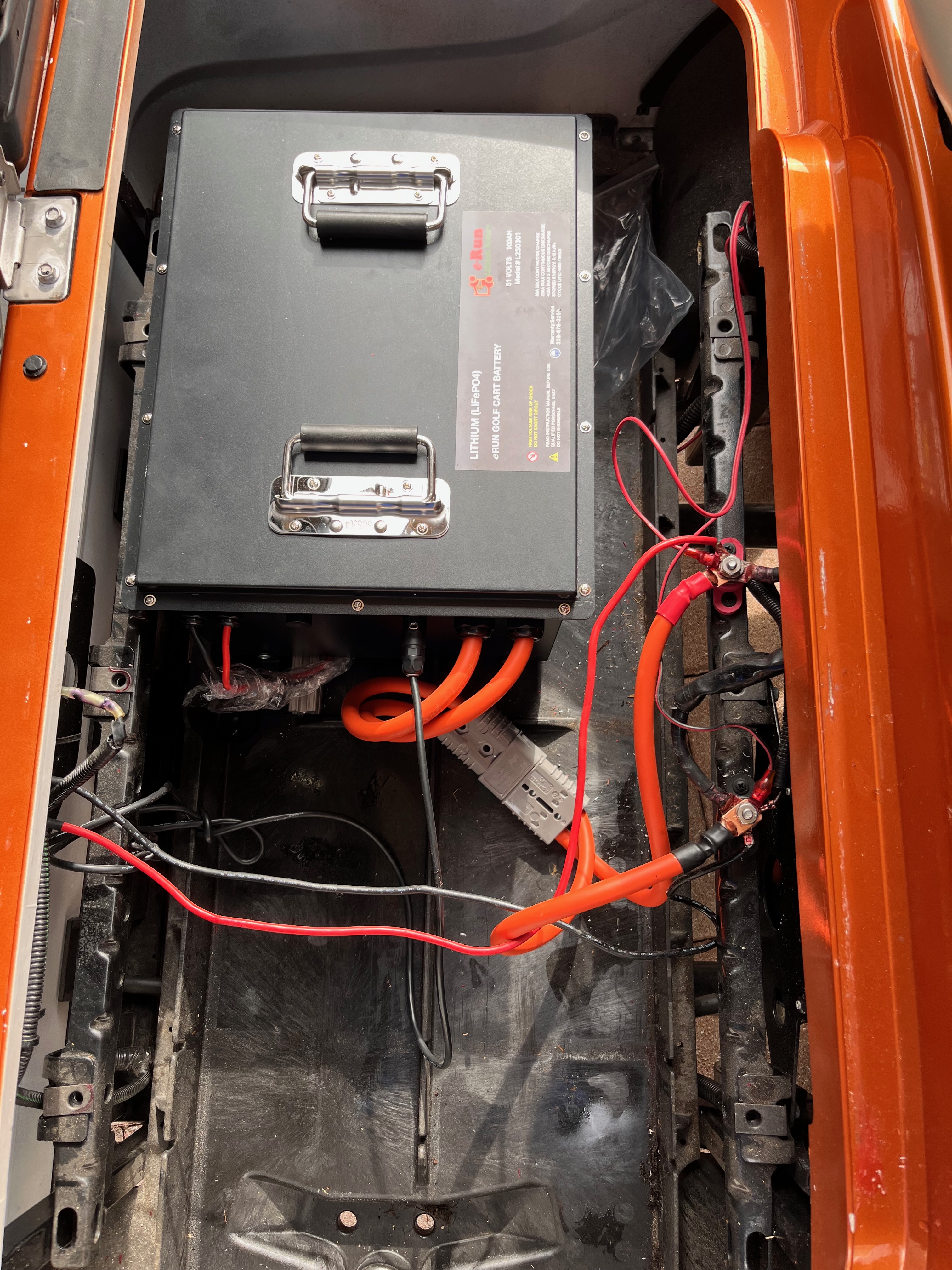
Expert Installation included.
I have installed over 400 lithium batteries since 2018. "I got this."
No waiting, no pickup/delivery charges and no surprise charges.
When switching a golf cart's batteries from lead/acid to lithium, the quality of the installation is one of the most crucial factors to consider. There are no modifications or intrusions to the golf cart's electrical system. Instead of receiving 48-volts from the lead/acid battery pac your golf cart will receive 48-volts from a single lithium battery.
Also, I am completely mobile, I always come to you. All I need is about 1 hour of uninterrupted and undistracted time alone with your golf cart. You don't need to help me.
Service Call Notice
Service Call Fee: $75
I want to inform you that I will be available for any service requests related to your battery installation for 30 days following the installation. After this period, my obligation will be limited to addressing warranty-related issues only.
Please note that a service call fee of $75 will apply unless it is determined that the issue is due to a malfunction of the charger or battery. Unfortunately, no exceptions can be made.



Testimonials

Steve has diligently serviced my and scores of other Vanderbilt CC members’ golf carts for several years. He rebuilt my cart about a year ago, as he has done with many other members. I count myself among Steve’s other customers as being very pleased with Steve’s services. He’s honest and truly wants to please. On the very few occasions where a follow-up was needed, Steve responded promptly without charge.
I strongly recommend Steve for golf cart servicing if you’re looking for a skilled, reasonably-priced servicer. - Gary Guyton

Steve has serviced our golf cart for several years. The convenience of having a responsive, knowledgeable service person in the neighborhood has made cart care a pleasure. Steve is a dependable provider of planned maintenance and a timely responder to unexpected issues. He will be missed.

Congratulations on your move, I wish you all the best in Ave Maria. There gain is certainly our loss, you work on my cart has always been excellent and the response time for problems has alway been prompt.
Stay Well. - Dan

Hi Steve! Kathy Ciancio here. I read your text and sorry to hear about your move but Ave Maria is such a beautiful place. I thank you for all you have done for me and I will see you before you leave. I will always remember your kind smile and always willing to help. See ya soon! - Kathy Ciancio

Steve Cox has serviced my cart for several years. He takes care of the battery, tires etc. so I have nothing to do or worry about. I have found Steve to be knowledgeable, professional and reliable. I trust and respect Steve.

Congratulations….You will be greatly missed by your many friends at VCC, and of course by me as you take such good care of my cart!
All the best to you. - Helen

You have probably received lots of positive feedback for your services and knowledge. I am also one of the many fans who will miss your expertise here at VCC. - Paul
Frequently Asked Questions
Q: Is the SOC meter accurate?
Not always. Sometimes it needs a charge cycle to recalibrate. For example if you leave during the summer and when you return the SOC displays 95%, that may not be correct. To keep it accurate you should plug in the charger and let it run until it stops.
Q: All of a sudden my charger stops charging at 69%. Is it the charger or battery?
The battery needs a re-boot. Press the silver button on the battery for 5 seconds. The battery will shut off and then re-boot. The full range will be available.
Q: Are lithium batteries compatible with all golf carts?
Thanks to evolving technology, today's lithium batteries are compatible with all golf carts. The engineers have been diligent in their efforts to overcoming the various challenges associated with making a battery that is universally compatible.
Q: Do Lithium batteries require any maintenance?
Zero maintenance.
Q: How much does a Lithium battery cost compared to lead/acid batteries?
As of July 15, 2023 a new set of Trojan 8-volt lead/acid batteries, installed including pickup/delivery fee, new cables and sales tax is currently about $1675. (Don't be surprised if there are additional charges for various recommended parts and services.)
Lithium Battery guaranteed low price. My factory-direct prices can't be matched. I have low overhead, no distributor markup, and no dealer markup. Please don't confuse my low prices with low quality.
eRun LiFePO4, 48-Volt 105Ah lithium battery & with charger = $2195 installed (with charger trade-in).
(You can drive a maximum of 55 miles on a full charge.)
Q: How does the quality of the eRun battery compare to better known brands?
I'm glad you asked. I'm your neighbor so my reputation is extremely important.
eRun Lithium batteries are manufactured at the same factory as 2 of the 4 leading US lithium battery providers. With the advice of experienced lithium battery engineers my component choices are based on reliability over cost. The industry is evolving, "New and improved" lithium battery components are frequently offered, but until the reliability is proven I stay with what I know works.
Q: What size battery do you recommend?
I recommend the 105ah battery.
The eRun 105aH battery has about 120% of the range that a regular set of 8-volt batteries have.
More is better.
Q: What should I do for off-season storage?
Fully charge the battery. Unplug the charger. Most of the batteries will automatically go into Sleep mode after 7 days. Pressing the silver button for 5 seconds will re-activate the battery. If your battery does not have the silver button 1) unplug the charger from the golf cart and the wall plug, 2) plug in the charger to the wall outlet 3) plug the charger into the golf cart. Note- The after a few weeks or more of non-use the Percent Of Charge will not be accurate until the battery is fully charged. The voltage displayed will be accurate. A fully charged battery will have 54 volts (plus or minus 1/2 volt).
Q: How long will a Lithium battery last?
After about 4000 charge cycles the battery will still deliver 80% of the original capacity. The life expectancy is 4000 charge cycles. It's difficult to translate 4000 charge cycles into life expectancy in terms of years. Charging after one round of golf is about 40% of a charge cycle. Under ideal conditions, 3 rounds of golf per week equals about 70 years of battery life. (Folks, I'm not making this up.)
Q: Is there a memory effect with Lithium batteries?
No memory effect. In the past, lithium batteries had a memory issue where you could not charge them unless they were almost dead, but that is not a problem anymore.
Q: If something goes wrong what is the warranty claim process?
I am the US agent for the manufacturer's battery warranty. The warranty is non-transferable. The warranty term is 7-years, prorated. Normal exclusions for misuse, etc. The charger is 100% guaranteed for 2-years.
If your battery malfunctions call me ASAP. If the battery is dead or if the capacity falls below 80%, the battery will be eligible for immediate repair or replacement, subject to the provisions of the warranty.
Remember! The warranty only covers malfunctions of the battery or charger. There will be a $75 show-up fee if the issue is not directly related to a battery or charger malfunction.
Q: Can I use my charger or is there a special charger ?
In order to maximize the life of the Lithium battery, a Lithium Battery Charger is required. Lithium chargers will charge the batteries quickly and turn off when charging is complete.
Q: How do you dispose of a used Lithium battery ?
The chemical composition of an eRun battery is LiFePO4. Unlike nickel based Lithium ION, LiFePO4 It is recyclable and fireproof. Another description for LiFePO4 is: Lithium Iron Phosphate, also known as LFP.
Q: What about my old batteries ?
Disposal of your old batteries is included with the installation.
Q: What is the lead time for installing a Lithium battery?
I can usually install the lithium battery within a day or two. The conversion process takes about 1 hour. (Two hours if you watch and 3 hours if you help.)
Q: When I returned from my summer break the battery was dead. What happened?
The battery will go into sleep mode after 7 days on non use. Plugging in the charger will restart the battery.
Follow this procedure. 1) unplug the charger from the golf cart and the wall plug, 2) plug in the charger to the wall outlet 3) plug the charger into the golf cart. Note- The after a few weeks or more of non-use the Percent Of Charge will not be accurate until the battery is fully charged. The voltage displayed will be accurate. A fully charged battery will have 54 volts (plus or minus 1/2 volt).
Q: My battery went dead while I was driving it. The SOC was 30% then about 2 miles latter 20%. Then another mile or two the battery shut off.
The discharge curve is not a straight line decline. The SOC drops fairly fast from 100% to 90%. The middle range (90%-50%) has a slower drop in the discharge cycle. Towards the end of the discharge cycle the decline is again rapid. If the battery shuts off before the SOC reaches 0% it will probably happen when the battery is under a heavy load (going up a hill). The silver button will restart the battery. If the SOC is above 5% you can drive it about 2-miles if you drive easy.
Q: How long should the charger run?
The charger could take about 5-hours if the battery is completely dead. The charger will shut off when it finishes charging the battery. If you unplug the charger before it finishes the full charge cycle you might only have 90% of the full capacity even though the SOC shows 100%. It’s like filling up your car. The gauge might show full but you can still squeeze in another couple of gallons. After the charger shuts off the best practice is to unplug from the wall outlet.
Q: Should I charge the battery after each use or wait until it’s almost empty?
There is no memory effect so there is no rules about when to charge. The manufacturer advises keeping the battery fully charged as much as possible.
Q: My head lights are not as bright as they used to be. Is that something covered by the warranty?
The warranty covers ONLY the battery and the charger. The Lithium battery outputs current to your golf cart’s existing electrical system. The output current from the Lithium battery is virtually the same as the output current of a set of lead acid batteries so there is no reason to expect any before and after difference in the lights. For unusually dim lights check for a faulty light switch, faulty voltage reducer or corrosion in the golf cart’s wiring harness. NOTE!! If the issue is not a battery or charger malfunction there is a $75 show-up fee.
Q: Should I switch the TOW.RUN toggle to TOW when charging the battery?
No. Use “TOW” when towing the golf cart. Or when the golf cart is idle for more than 2-weeks.
Q: I want to clean the battery compartment; may I use water around the battery?
First press the silver button for 5 seconds to put the battery into Sleep mode. Before using the golf cart, you must completely dry everything thoroughly, even though the battery and connections can get wet. Plug in the charger to re-start the battery.
Follow this procedure. 1) unplug the charger from the golf cart and the wall plug, 2) plug in the charger to the wall outlet 3) plug the charger into the golf cart. Note- The after a few weeks or more of non-use the Percent Of Charge will not be accurate until the battery is fully charged. The voltage displayed will be accurate. A fully charged battery will have 54 volts (plus or minus 1/2 volt).
Q: What happens if I think there's a problem with the battery's range?
If you have concerns about the range you will need to do a 10-mile test run. Results will be submitted to the manufacturer. They can analyze the condition of the battery from the voltage readings during the test. Must be on level roads and one person the golf cart. Avoid stop and go driving. The test should take you 30-40 minutes. Create a 5-mile route with Google Maps and the MEASURE function. I’ll need a screen print of the map you make. Before you leave, run the charger until it stops and take a photo of the SOC meter. After the first 5-miles get a 2nd photo of the SOC. After last 5-mile route take another photo of SOC. 3-Photos and a screen capture of the map will be needed.

